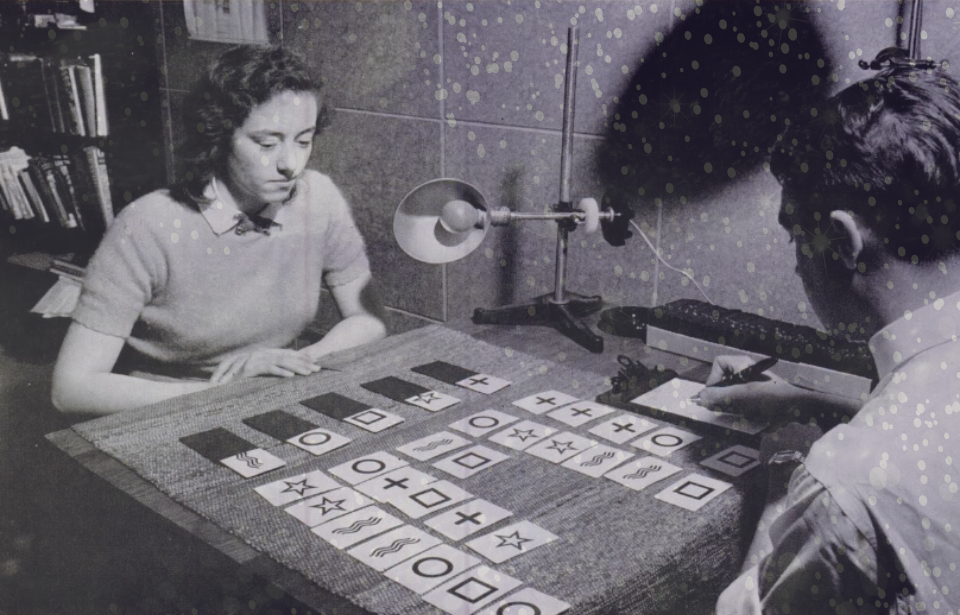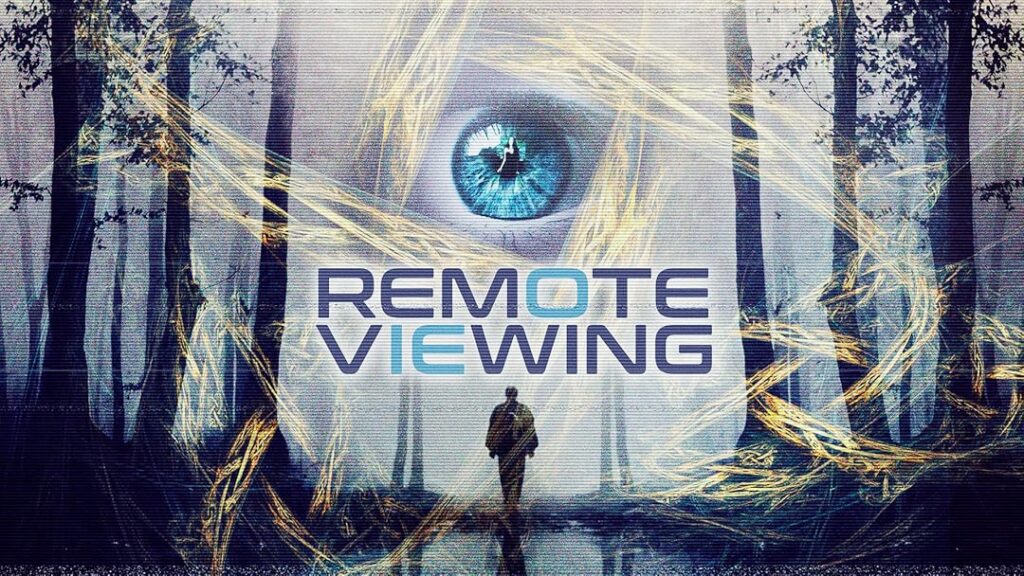The original Stargate Project remains one of the most intriguing and controversial experiments in the history of U.S. intelligence. During the Cold War, the government explored unconventional methods, including psychic phenomena, to gain an advantage over adversaries. This program sought to harness psychic abilities, particularly remote viewing, to gather intelligence. Below are eight key details about the Stargate Project that shed light on its mysterious origins and operations.
Simplified Explanation of What the Stargate Project Was
The Original Stargate Project was a secret government program where scientists and military folks tried to see if people could use their minds to “see” things far away, kind of like having a superpower. Imagine if you could close your eyes and describe what’s happening in a locked room across the world, or even guess where something is hidden without going there—this is what they called remote viewing.
Why did they do this? Well, back during the Cold War, the U.S. and the Soviet Union were trying to outdo each other in everything, including weird experiments like this. The government thought, “If the Soviets are trying to figure this out, we should too!” So, they got some people who claimed they had psychic abilities and asked them to help find things like enemy bases or missing planes, just by using their minds.
They spent years trying it out, and while some of it sounded amazing, it didn’t always work the way they hoped. Eventually, they decided it wasn’t worth the money, but it sure left a lot of people curious about what our minds might be capable of. Pretty wild, right?
1. What Was the Original Stargate Project?
The Stargate Project was a classified U.S. government initiative launched in 1978 by the Army and the Defense Intelligence Agency (DIA). Its primary focus was to explore and utilize psychic phenomena, such as remote viewing, for espionage and military applications. Remote viewing is the purported ability to visualize distant or hidden objects and locations using the mind alone.
The Stargate Project emerged from fears that the Soviet Union was developing similar capabilities. As part of Cold War countermeasures, the U.S. government sought to see if psychic abilities could provide reliable intelligence.
2. Origins and Funding
The Stargate Project originated under the umbrella of various earlier research programs like Grill Flame, Gondola Wish, and Center Lane before consolidating under the name Stargate. The Stanford Research Institute (SRI) in California played a pivotal role, spearheaded by scientists like Harold Puthoff and Russell Targ.
Funding came from agencies such as the DIA, the CIA, and the U.S. Army. It was believed that investing in such unconventional research could provide a competitive edge against adversaries during the Cold War.
3. Focus on Remote Viewing
Remote viewing became the cornerstone of the Stargate Project. This method involved psychically “seeing” distant locations, objects, or people without direct physical access. Participants were tasked with describing military installations, hidden objects, or foreign threats in minute detail.
The protocol for remote viewing was refined by Ingo Swann, a renowned psychic. He helped establish controlled experiments where viewers were given coordinates or vague clues and asked to describe the target.
4. Participants and Their Roles
The Stargate Project enlisted psychics, scientists, and military personnel. Notable participants included:
- Ingo Swann: Credited with developing the structured protocol for remote viewing.
- Pat Price: A former police officer who reportedly provided astonishingly accurate descriptions of foreign facilities.
- Joseph McMoneagle: A remote viewer who claimed to have successfully described hidden Soviet military bases.
Despite their enthusiasm, the accuracy of their insights varied, raising questions about the reliability of remote viewing as a practical tool.
5. Reported Successes
Proponents of the Stargate Project often cite several high-profile “successes.” These include:
- Identifying a Soviet weapons factory that was later confirmed through satellite imagery.
- Locating a missing U.S. aircraft.
- Describing hidden objects in sealed containers with surprising accuracy.
However, skeptics argue that these successes were exaggerated and that many results were inconsistent, with outcomes attributed to guesswork or chance.
6. Criticism and Skepticism
While the Stargate Project garnered intrigue, it also faced significant criticism. Mainstream scientists dismissed the program as pseudoscience, pointing to the lack of reproducible results. Critics argued that:
- Remote viewing lacked scientific rigor.
- Success rates were no better than random chance.
- Experiments were influenced by vague descriptions or confirmation bias.
A 1995 review by the CIA concluded that while a few remote viewers showed promise, the Stargate Project failed to produce actionable intelligence.
7. Closure and Declassification
After nearly two decades, the Stargate Project was terminated in 1995. The CIA concluded that remote viewing had not provided any consistent value for intelligence purposes and that further investment was unwarranted. Documents related to the project were declassified in the years that followed, sparking public interest and speculation.
These declassified records revealed the extent of government efforts to explore psychic phenomena. While the project’s closure signaled the end of official U.S. research into remote viewing, it fueled public fascination and conspiracy theories about what the government truly discovered.
8. Legacy of the Original Stargate Project
Despite its controversial nature, the Original Stargate Project left a lasting legacy. It has inspired numerous books, documentaries, and fictional works, including The Men Who Stare at Goats. For many, the project represents a curious example of the lengths to which governments will go in the name of national security.
The Original Stargate Project also raised questions about the human mind’s potential. While mainstream science remains skeptical, believers argue that the program hinted at abilities beyond current understanding. Today, the Stargate Project serves as a cultural touchstone for debates about science, pseudoscience, and the unknown.
The Stargate Project Remains An Interesting Chapter in US History
The Stargate Project remains a fascinating chapter in the history of U.S. intelligence, blending intrigue, controversy, and the unexplored potential of the human mind. While its results were inconclusive, the program highlights the extent of Cold War-era competition and the willingness to experiment with unconventional ideas.
From its roots in remote viewing to its eventual closure, the Original Stargate Project continues to capture public imagination. Whether seen as a bold exploration of psychic phenomena or a misguided venture into pseudoscience, it undeniably underscores the lengths governments will go to secure an edge in global intelligence.



